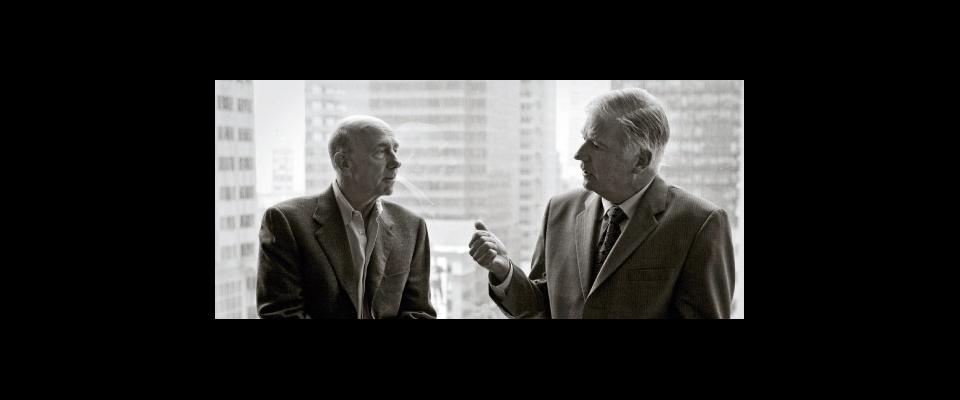New age airship to bring disaster relief
As floods deluged the city of New Orleans during Hurricane Katrina, many of us wondered how many lives could have been saved with better disaster-relief equipment. Cal architecture professor Jean-Paul Bourdier is working on that problem by marrying two of Americans’ longtime obsessions: flying and spacecraft. Bourdier has designed a donut-shaped airship that he says could reach up to a half-mile in diameter and could quickly carry equipment or personnel to the site of a disaster.
Picture a giant flying inner tube filled with helium, with a platform in the center. The craft could alight on water or land, Bourdier says, and could also be used for international conferences and humanitarian missions. For organizations like the United Nations, which strive to transcend borders, the ship could provide a meeting location literally untethered to anyplace on Earth.
Bourdier and a team of students spent the fall semester building a 27-foot-wide, scaled-down prototype of the ship, which was capable of lifting one person but flew unmanned from the top of Wurster hall.
Architects have been fascinated with lighter-than-air vehicles, otherwise known as blimps or dirigibles, since the 1960s. But today’s supercomputers make it easier to do the complex calculations required in their design, while new high-tech materials such as carbon fiber allow for lighter, more durable structures.
Could such an invention really take off? Bourdier is not the only one asking that question. This year, the Defense Department awarded a contract to two companies to develop an airship capable of delivering an entire military unit, along with its gear, directly to the battlefield. Telecommunications companies are experimenting with spherical blimps that could carry heavy equipment high into the atmosphere at a fraction of the cost of satellites.
Bourdier himself—whom colleagues have jokingly nicknamed “The Dirigible”—doesn’t have a patent or a contract. But he hopes the model will attract the attention of organizations like Architecture for Humanity that design structures for use in crisis situations. He says his vision is superior to a traditional cigar-shaped blimp because the round platform provides more carrying capacity. And as a Guggenheim fellow, he can’t help but be moved by the aesthetics of it all. “It’s really the spatial quality, the idea of walking on a platform and having direct contact with the elements,” he says. “Plus an educational program that arrives from the air has a lot more impact than one that rides in on a truck.”
From the January February 2006 Chinafornia issue of California.




















